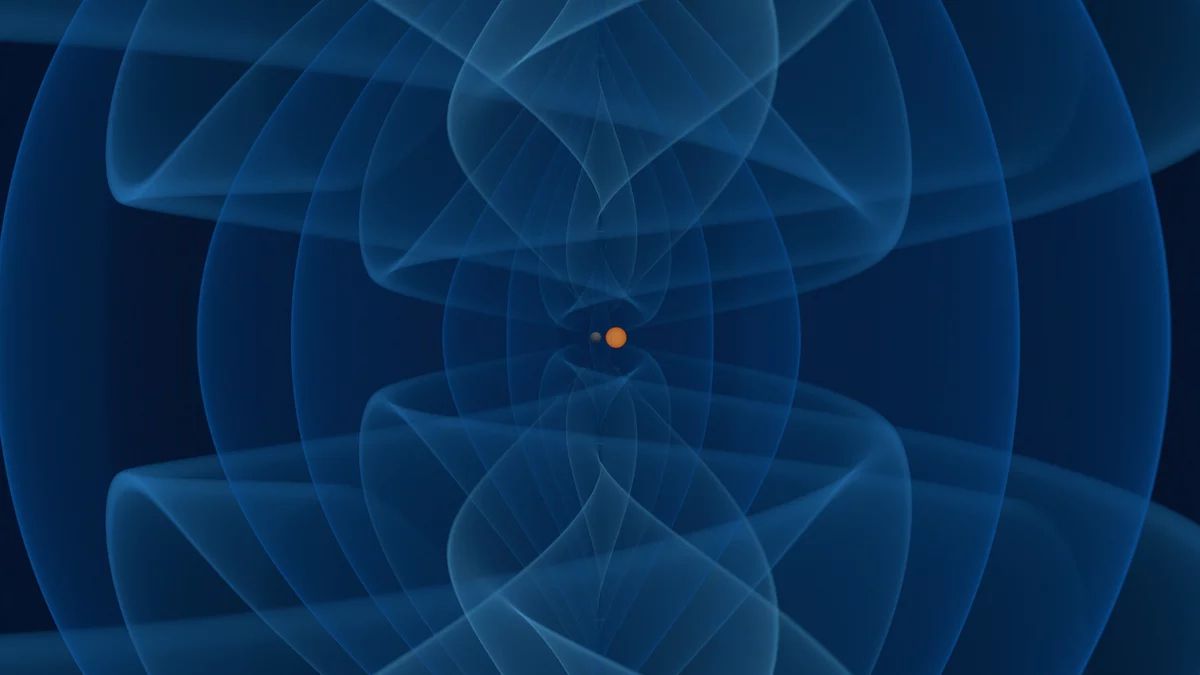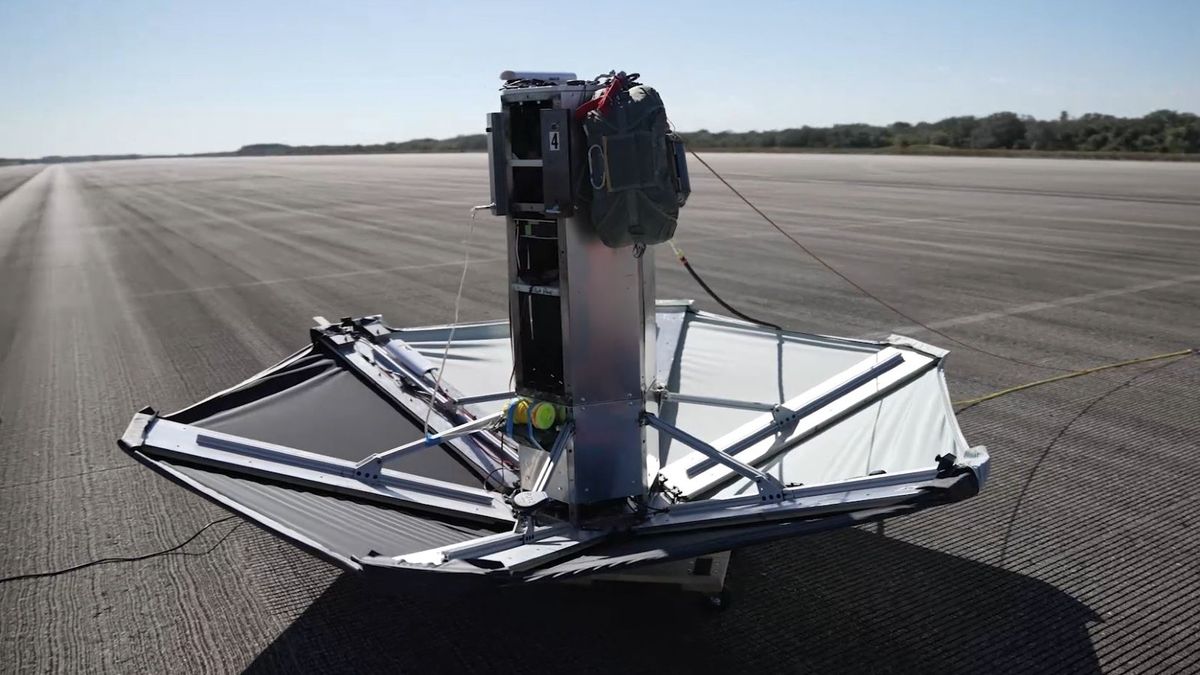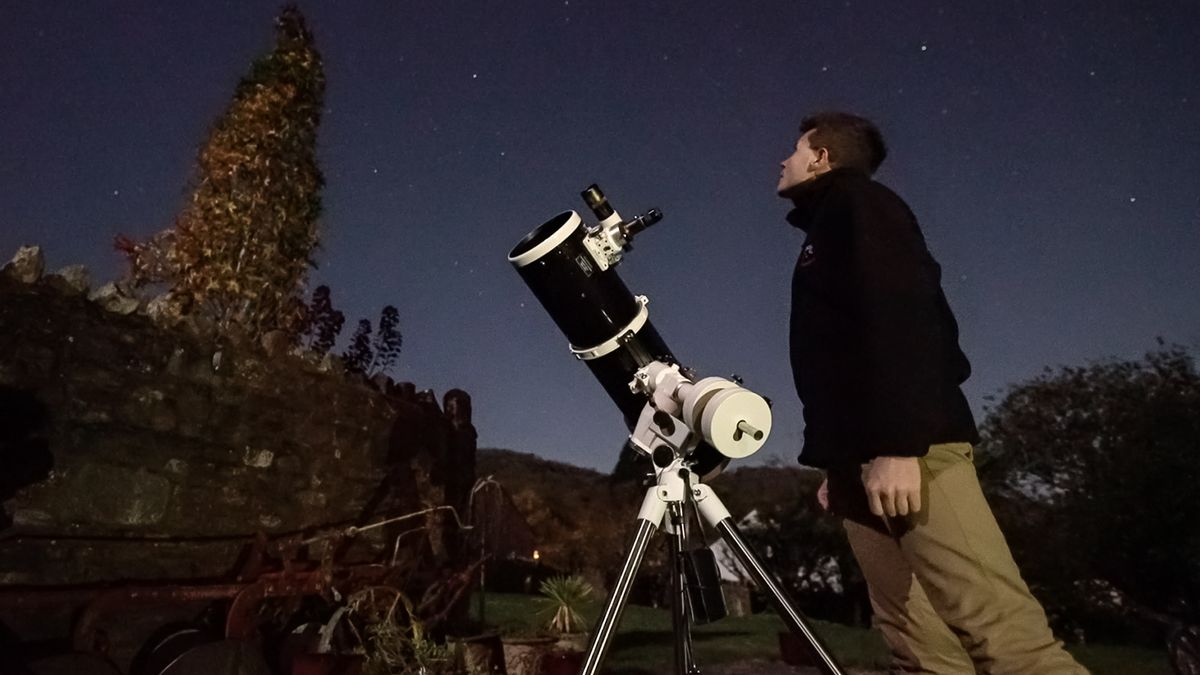Discovery of Rare Neutron Star and Lightweight Black Hole Collision
A groundbreaking discovery was made on April 5 by astronomers, who have potentially identified a collision between a neutron star and a lightweight enigmatic object. This mysterious object is larger than the largest known neutron star, yet smaller than the smallest known black hole. The revelation provides insight into the existence of objects in a previously presumed vacant realm that has recently been proven otherwise.
A Rare Merger in the Universe
Approximately 650 million light-years away from Earth, researchers detected a signal indicating an uncommon merger between a neutron star and a suspected lightweight black hole. The two celestial bodies orbited each other before uniting around 650 million years ago, generating gravitational waves – ripples in space-time fabric. These waves were observed and identified on May 29, 2023, by a network of antennas in Japan, Italy, and the U.S. associated with the LIGO-Virgo-KAGRA (LVK) collaboration.
“These events are exceptionally rare,” said Evan Goetz, a LIGO researcher at the University of British Columbia (UBC) in Canada. “This discovery is very compelling for the scientific community as it is the first of its kind.”
Exploring the ‘Mass Gap’
The lightweight black hole candidate, estimated to be 2.5 to 4.5 times the mass of our sun, exceeds the established limit of 2.5 solar masses for a neutron star, yet falls below the weight of the lightest black hole, which is about five solar masses. This places the newly discovered object within the ‘mass gap,’ a puzzling region that separates the heaviest neutron stars from the lightest black holes.
Michael Zevin, an astrophysicist at the Adler Planetarium, remarked that this discovery “suggests that the ‘mass gap’ may be less devoid of objects than previously believed.” The detection of this event could prompt astronomers to reconsider existing models and theories.
Implications for Stellar Evolution
Black holes, whether small or massive, originate from the explosive demise of extremely massive stars. However, some models of stellar evolution propose that black holes falling within the ‘mass gap’ cannot directly emerge from such stellar deaths. Goetz suggested that the observations may necessitate adjustments to existing models, indicating a more complex evolution from a heavy neutron star to a black hole.
He emphasized the need for further research to draw definitive conclusions from this unique example of a collision between a neutron star and a lightweight black hole.
Future Prospects and Discoveries
The discovery, presented at the American Physical Society meeting on April 5, has ignited hopes of discovering more mass-gap objects awaiting detection. Although the precise location of the merger in the sky remains unknown due to limited data availability from a single LVK detector, astronomers are optimistic about uncovering numerous similar objects in the future.
Following a brief maintenance hiatus, LVK detectors resumed capturing space-time ripples on April 10, with expectations of observing over 200 gravitational wave signals by February 2025. The results of this groundbreaking discovery are now anticipated to undergo the process of peer review, a crucial step in validating and disseminating significant scientific findings.
Image/Photo credit: source url





